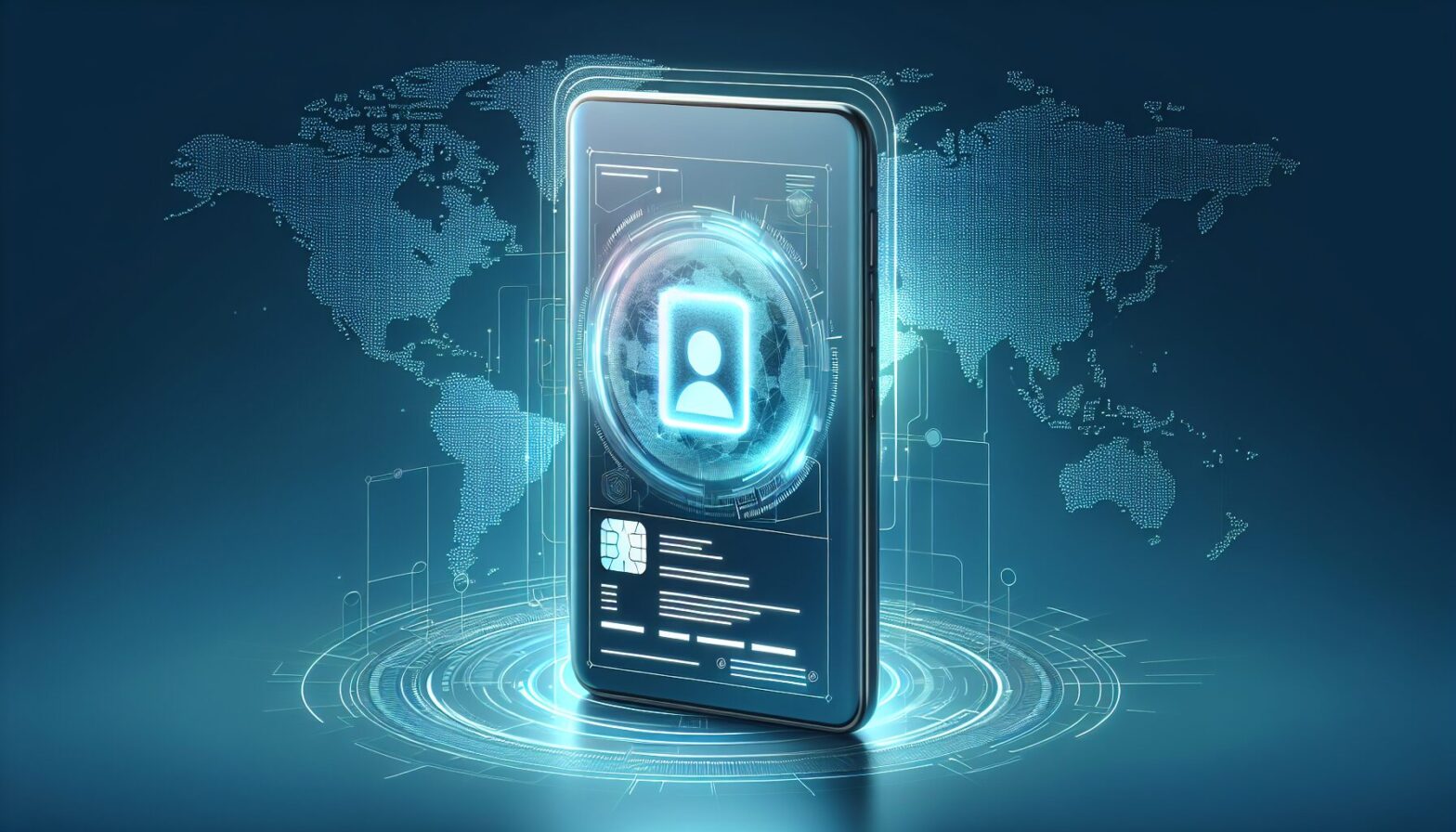Understanding the Digital Tcard: More Than Just a Digital ID
The Digital Tcard has rapidly evolved from a mere concept into a cornerstone of modern identification technology. Unlike traditional physical cards, the Digital Tcard integrates biometric authentication, blockchain security, and real-time data updates, creating a seamless, versatile digital identity. Its potential applications stretch far beyond personal identification, extending into healthcare, finance, travel, and even voting systems.
This innovation addresses many of the challenges faced by traditional identity systems, such as forgery, loss, and inefficiency. By using cryptographic methods and decentralised verification processes, Digital Tcards offer a more secure and user-friendly alternative that can be accessed via smartphones or dedicated devices.
As governments and corporations embrace digital transformation, the Digital Tcard emerges as a pivotal tool in enhancing security and convenience. It not only simplifies identity verification but also supports privacy by giving users greater control over their personal data.
The Global Market Race: Who’s Leading the Charge?
The Digital Tcard market is now a fiercely competitive arena, with countries and tech giants vying for dominance. South Korea and Estonia have been early adopters, leveraging their advanced digital infrastructures to pilot national Digital Tcard programmes. Estonia’s e-Residency initiative, for example, integrates Digital Tcards to facilitate global business operations securely.
Meanwhile, in Asia, China’s push for a unified digital ID system reflects its ambition to set global standards. The Chinese government’s collaboration with major tech firms like Alibaba and Tencent is accelerating mass adoption. Similarly, India’s Aadhaar system has evolved to incorporate Digital Tcard features, making it one of the largest biometric databases worldwide.
In the West, the European Union is working towards interoperability between member states’ digital ID schemes, aiming to create a seamless cross-border Digital Tcard ecosystem. The US, although slower to adopt a national scheme due to privacy concerns, is seeing increased interest from private sectors developing proprietary solutions for employee verification and secure access.
Challenges on the Path to Global Adoption
Despite the promising advances, widespread adoption of Digital Tcards faces significant hurdles. Privacy concerns remain paramount; citizens and advocacy groups worry about surveillance and misuse of personal data. Ensuring robust legal frameworks that protect individual rights without stifling innovation is a delicate balance.
Technical challenges also abound. The need for universal standards to ensure interoperability across different systems and jurisdictions is pressing. Without common protocols, the vision of a truly global Digital Tcard ecosystem risks fragmentation.
Moreover, digital literacy and infrastructure disparities between developed and developing nations could widen the digital divide. Inclusive strategies are essential to ensure that no population is left behind in this digital identity revolution.
Looking Ahead: The Future of Digital Tcards
The trajectory of Digital Tcards points towards greater integration with emerging technologies like artificial intelligence and the Internet of Things (IoT). Imagine a future where your Digital Tcard not only verifies your identity but also proactively manages your health records, travel documents, and financial transactions securely and effortlessly.
Collaboration between governments, private sector innovators, and international organisations will be crucial in shaping standards and ensuring equitable access. The next five years could see the emergence of unified frameworks that allow Digital Tcards to function seamlessly across borders and sectors.
In summary, the Digital Tcard is more than just a technological upgrade—it represents a paradigm shift in how identity is managed globally. The race to lead this market is not just about technological supremacy but about setting new norms for privacy, security, and inclusivity in the digital age.
Notes
- Estonia’s e-Residency programme has issued over 100,000 Digital Tcards since 2023.
- China plans to have 1 billion citizens enrolled in its digital ID system by 2027.
- The European Union aims for full interoperability of member states’ digital IDs by 2026.
- India’s Aadhaar database contains biometric data for over 1.3 billion people.
- Global investment in digital identity technologies surpassed $15 billion in 2024.
